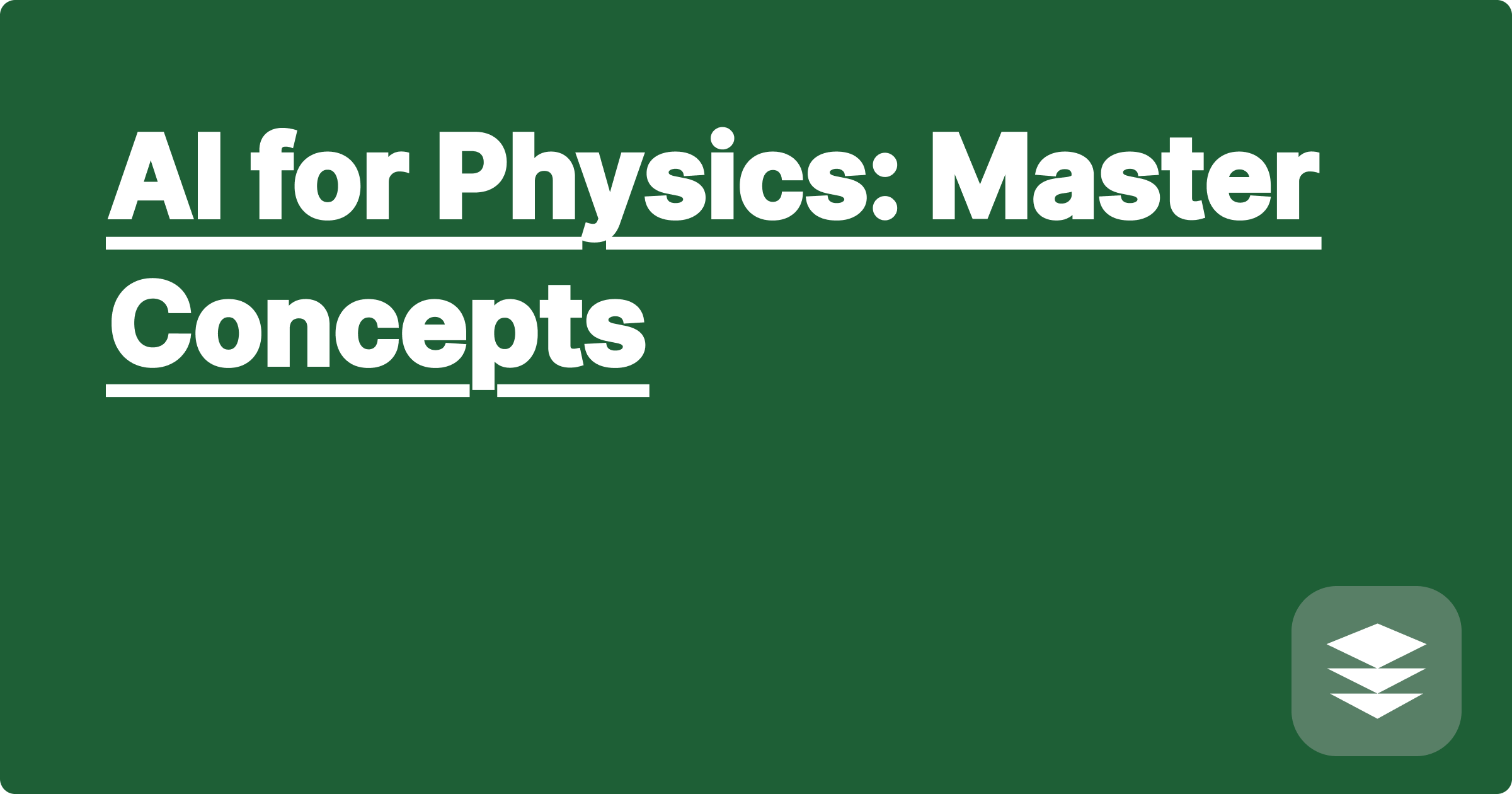
The world of STEM, particularly physics, is a demanding landscape of complex concepts, intricate equations, and rigorous experimentation. Students and researchers often find themselves grappling with overwhelming amounts of information, struggling to keep up with the pace of learning and discovery. Imagine a world where you could have a personalized AI assistant, guiding you through the complexities of quantum mechanics or helping you analyze terabytes of experimental data. This isn't science fiction, it's the reality of AI's transformative power in STEM education and research.
This blog post explores how AI can become your personal tutor, research assistant, and productivity booster, helping you master complex physics concepts and excel in your academic pursuits. We'll delve into practical strategies, real-world examples, and introduce you to some lesser-known AI tools that can revolutionize your approach to learning and research. Whether you're a first-year undergraduate struggling with introductory physics or a seasoned PhD candidate tackling cutting-edge research, the insights here will empower you to harness the full potential of AI.
Physics, with its abstract concepts and mathematical rigor, presents a unique set of challenges for learners. Grasping concepts like quantum entanglement, relativity, or even classical mechanics can be daunting. Traditional learning methods often fall short in providing the personalized support and adaptive feedback needed for effective understanding. Furthermore, research in physics involves analyzing massive datasets, sifting through countless research papers, and designing complex experiments. This can be incredibly time-consuming, leaving researchers with limited time for actual scientific discovery. The sheer volume of information and the complexity of the subject matter can leave students feeling overwhelmed and researchers struggling to stay ahead.
AI offers a powerful toolkit to address these challenges. Think of AI as your personalized learning companion and research assistant. Tools like Wolfram Alpha can help you solve complex equations, visualize mathematical concepts, and even generate code for simulations. ChatGPT and Claude can be leveraged for brainstorming research ideas, summarizing complex papers, and even drafting sections of your thesis or research articles. Beyond these popular tools, a world of specialized AI applications awaits. Imagine having a Generalized Personal AI (GPAI) that acts as your constant companion, helping you schedule study sessions, track your progress, and even provide personalized feedback based on your learning style.
Implementing an AI-driven learning and research strategy starts with identifying your specific needs and goals. Are you struggling with understanding a particular concept? Do you need help analyzing experimental data? Once you've identified your needs, you can begin exploring the vast landscape of AI tools. Start with the basics, like using Wolfram Alpha for calculations and visualizations. Then, explore more advanced tools like ChatGPT or Claude for research assistance. As you become more comfortable, consider developing your own GPAI. This could involve integrating various AI tools into a personalized workflow, using scripting languages like Python to automate tasks, and leveraging cloud computing platforms for scalability.
Let's look at a concrete example. Imagine you're trying to understand the concept of quantum superposition. You can use Wolfram Alpha to visualize wave functions and explore the probabilities associated with different quantum states. You can then use ChatGPT to explain the concept in simpler terms, ask clarifying questions, and even generate practice problems. For research, imagine you're analyzing data from a particle accelerator experiment. Specialized AI tools can help you identify patterns in the data, filter out noise, and even predict the outcomes of future experiments. For example, tools like CERN's ROOT framework, while not strictly AI, can be combined with machine learning algorithms for advanced data analysis.
Integrating AI into your workflow requires a strategic approach. Start small, focusing on specific tasks where AI can provide the most immediate benefit. For example, use Wolfram Alpha to check your calculations or ChatGPT to summarize research papers. As you gain experience, gradually expand your use of AI to more complex tasks. Develop a personalized learning plan with your GPAI, setting realistic goals and tracking your progress. Use AI to automate repetitive tasks, freeing up your time for deeper learning and creative exploration. Don’t be afraid to experiment with different tools and approaches. The key is to find what works best for you and integrate it seamlessly into your existing workflow.
Finally, remember that AI is a tool, not a replacement for human understanding and critical thinking. Use AI to augment your abilities, not to replace them. By combining the power of AI with your own intellect and creativity, you can unlock your full potential and achieve unprecedented levels of academic success. Start exploring the world of AI today and discover how it can transform your STEM journey. The future of learning and research is here, and it's powered by AI.